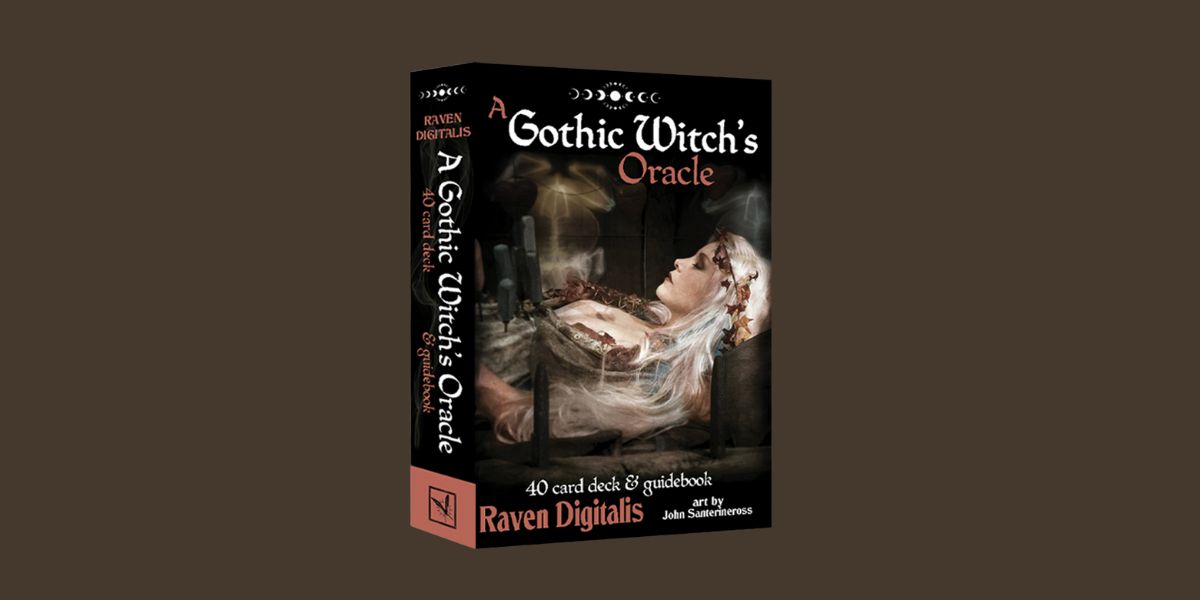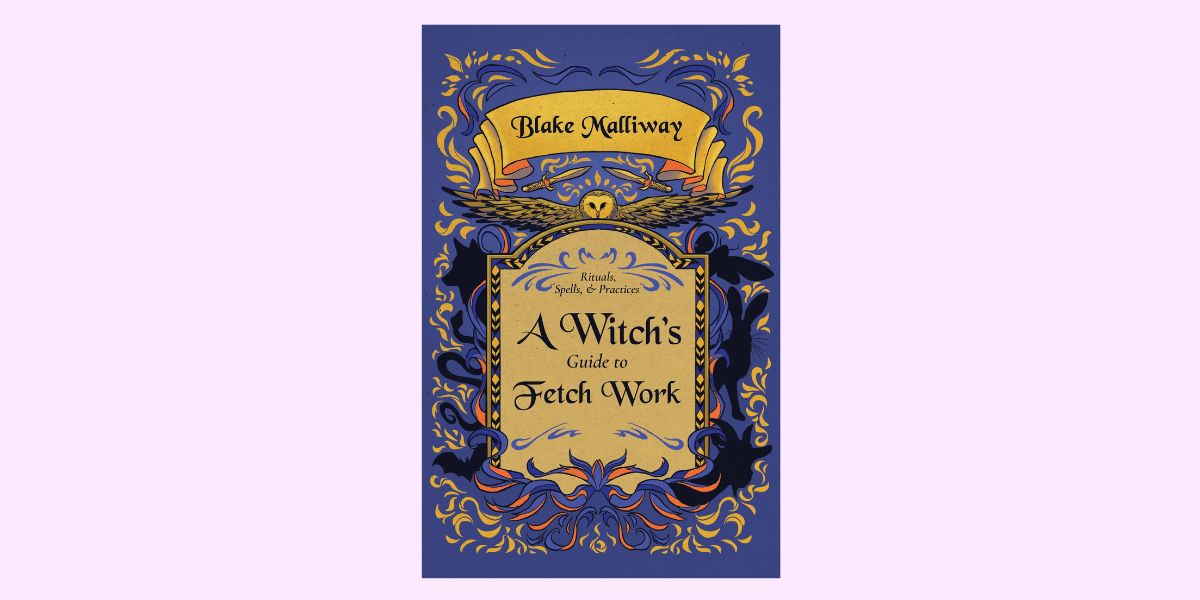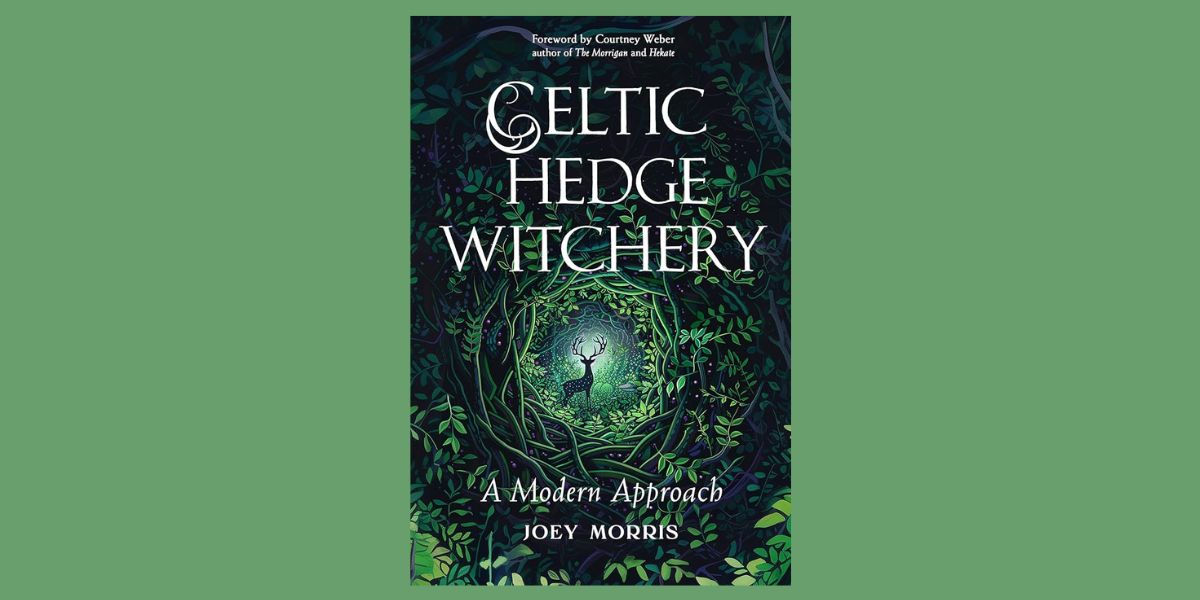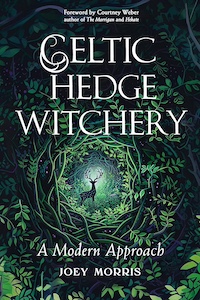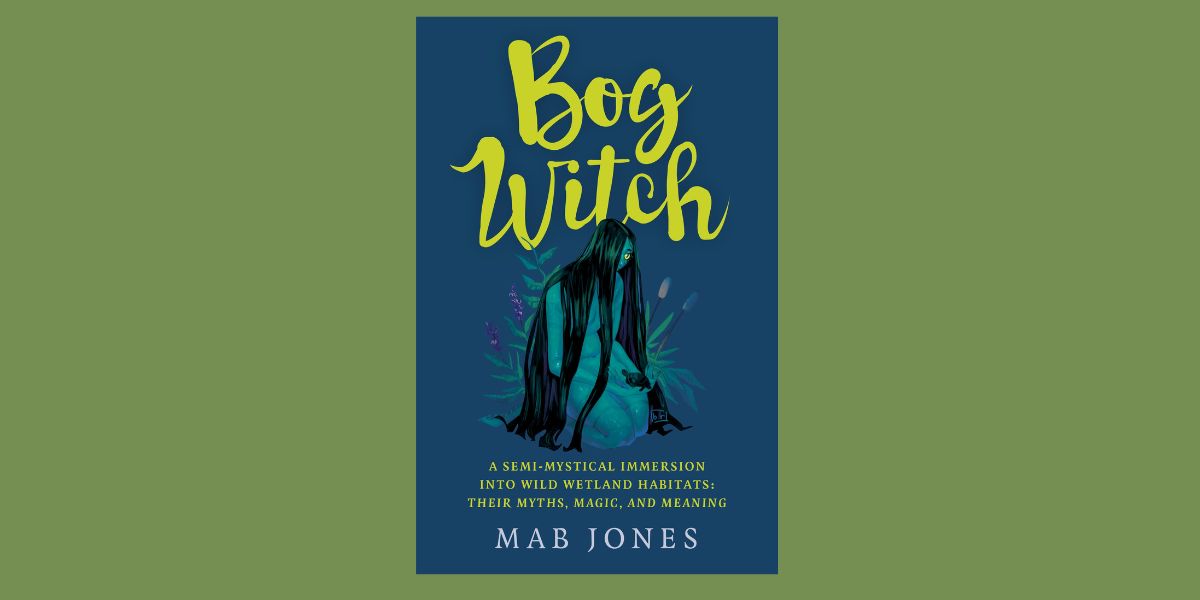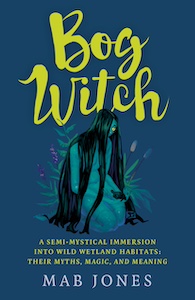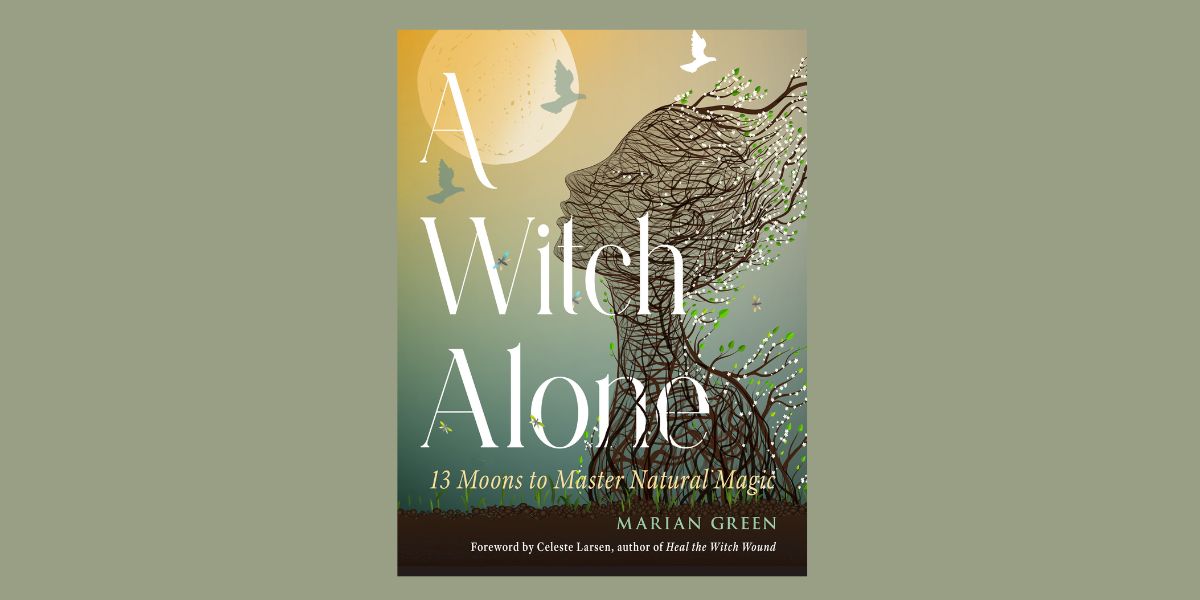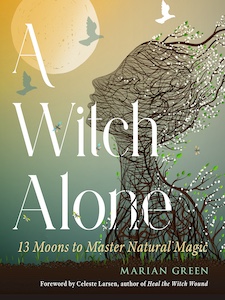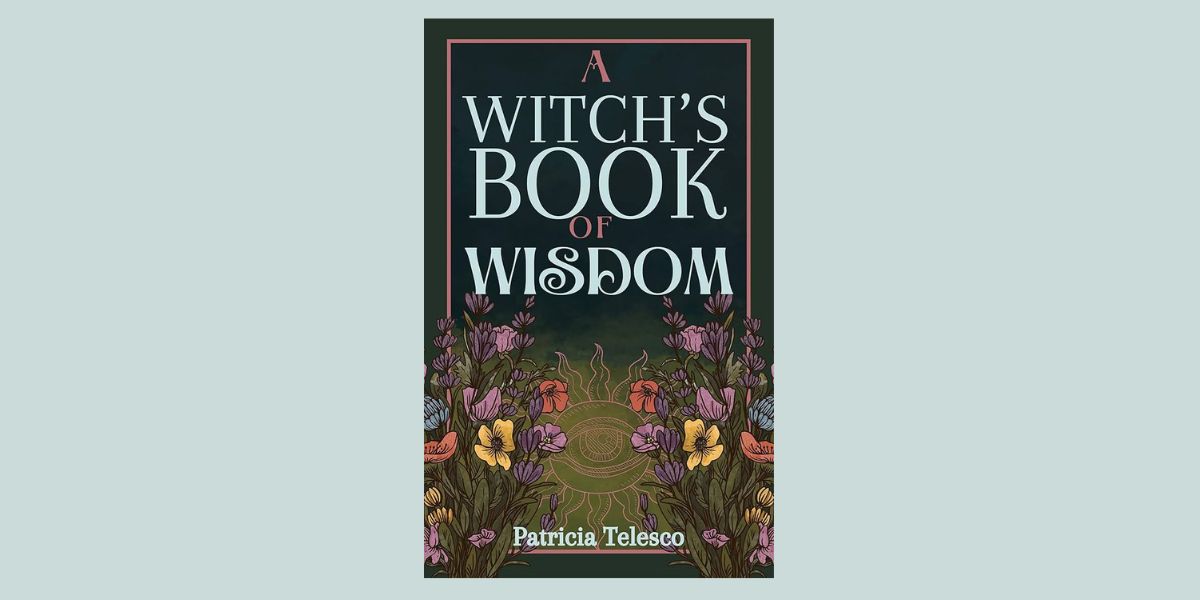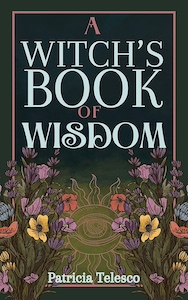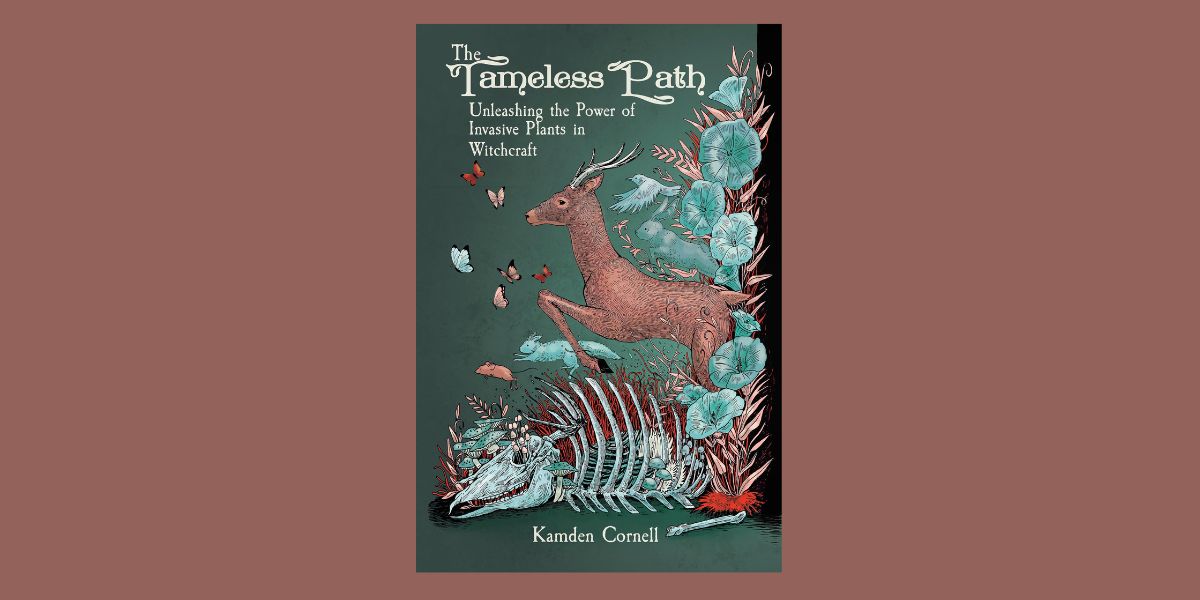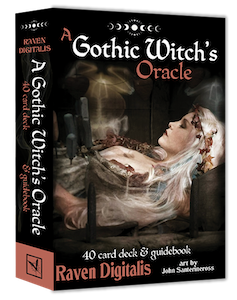
A Gothic Witch’s Oracle, by Raven Digitalis and John Santerineross
Crossed Crow Books, 1959883690, 188 pages, 40 cards, February 2025
A Gothic Witch’s Oracle by Raven Digitalis with illustrations by John Santerineross is an oracle deck that approaches witchcraft in a dark and gothic way! I loved how different this deck was.
Each card features different gothic individuals and some art of baby dolls, jars, old photographs, and skulls. Santerineross’s artwork is so realistic that I thought these were from a photography shoot! The details are insane! Literally almost every goth witch’s dream is wrapped into this deck. The deck depicts themes from witchcraft, featuring cards like “Creating Dark Art”, “Enchanting Jewelry & Accessories”, “Embracing Musical Healing”, and “Bonding with the Elements”. There’s a great variety of cards with different activities that are performed in witchcraft.
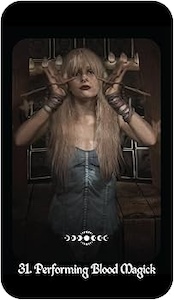
The overall vibe is very witchy, whimsical, dark, and gothic. The art is beautifully peculiar and each card is, like I said prior, insanely realistic, very intriguing, and full of detail. There’s a lot of diversity involving the fashion of each card. Raven Digitalis says in the preface of the guidebook:
“It doesn’t matter what type of goth or witch you identify as. Both lifestyles are incredibly unique and diverse.”1
It’s amazing to hear and see such a diversity of style being put to place and accepted here. Two communities harmonizing in one deck is pretty cool. The fashion shown on the card varies, but it stays true to sticking with the dark, edgy, and risque theme the deck carries. Warning: There are some cards that involve some nudity, so just be prepared for that if you do purchase this deck!
I think hands down my favorite card in this deck was “Constructing a Shadow Shrine”; the skull pictured is epic. This deck had opened my mind to various different topics I heard of but really never looked into further until now. For instance, this card mentions building a shadow shrine, which is new to me.
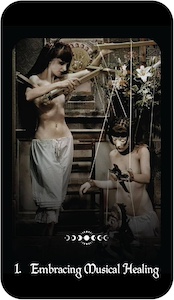
The guidebook shows a full picture of the card with key themes underneath, then it provides a summary and a section called “Activating the Insight”. I found both of these helpful while I was reading more about this card. There’s three key themes for each card.
This deck has taught me valuable lessons, especially the card “Taming the Ego”. One of the key themes for “Taming the Ego” was “Considering helpful and harmful aspects of the ego”2. Then jumping into the “Activating the Insight” section told me more on how to go about taking this information into practice. In this card case, Digitalis asks readers to look at our attachments and then offers some questions that we must ask ourselves as we look inwards. I love exercises like this because I personally feel like I always end up learning something new about myself that I never realized before.
Outside of the artwork for the deck and the guidebook, the cards are very nice, sturdy and thin cards that shuffle quite nicely. This deck has been very awesome to shuffle. I can’t put into words at this very moment what makes it stand out from the other cards I shuffled, but this is the first deck that just shuffles like pure magic. The deck feels good in my hands.
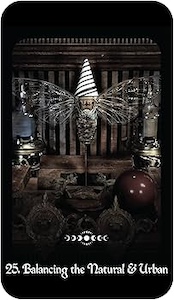
Overall, I have to say that the guidebook is well written and it explains each oracle card excellently. This deck is perfect for any gothic, fashion, or glamour witch, who enjoys the darker sides of the craft and decks that involve a subculture in fashion. I would say that this deck is for the more intermediate practitioners in the sense of witchcraft.
For the average reader, on the other hand, this deck is cool to have to explore your craft further while applying the knowledge you will hopefully learn soon about witchcraft. But I just have to recommend caution, if you don’t feel ready to try something just yet, play it safe, and listen to your intuition always!
I love A Gothic Witch’s Oracle and enjoy working with the deck. Digitalis has written a creative, engaging guidebook. And the artwork alone is worth getting this deck because the detail is amazing, I had to do a double take when it said “Art by” on the box cover. I was deep into this review when I realized that these were not a part of a photography shoot (though I did find out that Santerineross does do photography but he is mostly inspired by Greek mythology and world religions!). Very cool to find out! This is most definitely worth trying out if any of these topics strike your fancy!

Holly is a witch, photographer, tarot reader, artist, and freelance writer from Appalachia. She’s driven by her passion and stubbornness to follow her dreams of becoming a successful artist and writer. She can be found on Instagram under @hermitwitchholly.
